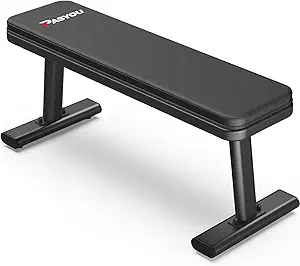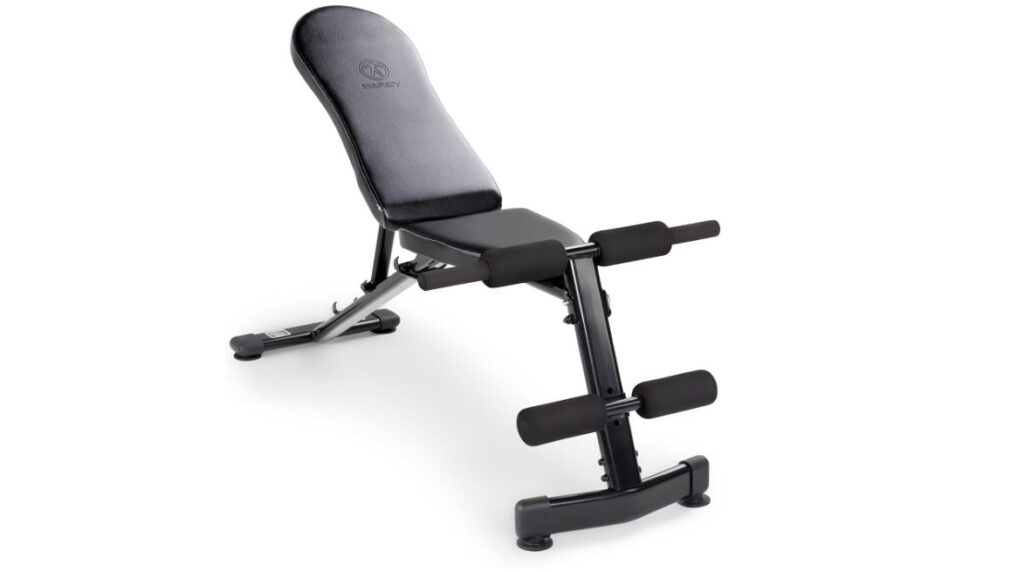Benches are probably the most straightforward furniture pieces yet the most basic. This piece of furniture has been part of human civilization thousands of years ago, and it can often be seen in public parks, train stations, bus stops, or even inside homes and offices as useful seats to sit on sometimes. All about benches: history, types, materials, and role in modern society is going to be covered in this article.
The History of Benches
They have been around for as long as the early ages. Their earliest known history dates back to ancient Egypt, a region they were made from wood or stone and used by the high class. In medieval Europe, benches spread across monasteries and castles. They were, at times, double as storage units, with slide-open spaces underneath the seat.
The Renaissance and Baroque ages were more ornamented, often carved and decorated; these do not only mean sitting but status symbol in palaces and mansions.
Benches became a standard furniture item in the modern era in public and private areas, serving both practical and ornamental purposes.

Types of Benches
There are wide varieties which have specific designs for particular kinds of environments and needs. Let’s take a closer look at the most common types of benches.
Park
Park benches could be the most favored public seats. They are typically located outside in parks and gardens to urban landscapes. They might be constructed from tough material and are comfortable, typically weather-resistant, so made from wood, metal, or composite plastics. Not only do these benches provide an indoor seat for pedestrians but also enhance the beauties of public spaces.
Garden
As with park benches, garden benches are often placed in secluded outdoor settings. Garden can be made from various materials, including wood or wrought iron, and sometimes even stone. They can be used to take a pause and reflect upon life in accordance with nature. Usually, decorative details are also installed around garden bench, such as intricate ironwork or detailed carvings.
Storage
Storage Benches comes in dual use. They do not only serve as sitting accommodations but also a place for storage of items. Storage bench find themselves at most homes especially in the entrance way or at the bedroom to store shoes, blankets or whatever household item one may want. Usually made of wood or upholstery.
Picnic
These are commonly used in picnic areas, schoolyards, as well as campgrounds. The picnic bench is a piece of furniture intended to have a flat surface which provides eating and seating on both sides. They generally consist of wood or plastic. They are the perfect outdoor social amenity.
Sitting
Sitting are long benches on which people are seated while in church during services. They quite often sit more than one person and act as a long bench, usually made of wood or even intricately carved. These have been around for centuries in places of worship and are still a common feature in the religious setup.
Automotive Bench Seats
A bench seat is a flat continuous seat, designed to seat multiple passengers. However, most modern cars feature individual bucket seats. Bench seats may be found in some larger cars, trucks, and buses.
Bus Stop Benches
Practical use designs make them relatively minimal in design and strong enough to endure different weather conditions. These are benches for people to sit on while waiting for public transport; they are usually provided at a particular bus stop or some kind of train station.
Materials used in bench construction
They are made from a variety of materials, depending on the use and the place where it is to be used. Some of the most common materials include:
Wood
Wood has been a traditional material in the case and its natural, timeless aesthetic is refreshing. Teak, cedar, and oak are some common types of wood used in outdoor benches as they don’t rot or decay easily and can be very sturdy against weather. however, need proper maintenance as one would apply stain or seal to keep them looking good.
Metal
Metal benches will be strong and durable, even when using materials such as cast iron or steel and aluminum. These can be found in public parks and the urban landscape. With cast iron, ornate designs are very common, but stainless steel and aluminum benches may have a very sleekly modern appearance.
Stone and Concrete
Stone or concrete benches are quite common in a garden or in an urban landscape. Both of these materials have a virtually endless life span with minimal, if any, maintenance. Stone is the very definition of a natural, timeless beauty, while concrete can be shaped into an almost any form or style.
Plastics and Composites
Because plastic or composite offer resistance to weather and require minimal maintenance, these have been gaining popularity. The recycled plastic benches can be found in “green” parks or spaces and could be designed in the appearance of wood or any other material.
Upholstered
Upholstered benches are primarily intended for indoor use. They are commonly found indoors but may be found in public places such as hotels and waiting rooms. Upholstered are comfortable, and the seating is padded for comfort. Upholstery commonly consists of leather, velvet, or cotton fabric.
The Significance of Benches in Public Domains
Benches in public spaces are of fundamental importance since they offer a resting place, a social place, or just to enjoy the surroundings. In many cases, the existence of benches often goes unnoticed, but their roles and aesthetics in an urban or rural area are quite fundamental. Let’s dissect some of the most important facts that highlight why benches are of great importance in public spaces.
Sitting Places
The benches are places whereby, after such a long walk or exercise, the weary old, parents with children, or anybody else needs to take a rest. In any city or park, a well-placed bench creates a place to make the area walkable.
Social Interaction
They are social tools for interactions. Whether it’s friends meeting in the park, strangers getting into a conversation, or hitchhikers, benches assist human interaction. In certain societies, they are also socially significant venues where people congregate to gossip, play games, or just to hear the latest news.
Beauty
A beautiful bench can turn into a masterpiece. Benches make the bigger scheme of a place, give visual interest, and increase the aesthetic value of parks, public gardens, and streetscapes. In fact, some benches are designed by world-famous architects or artists that incorporate functionality with art.
Promotion of Active Lifestyle and Physical Activity
Availability of benches in parks and open spaces encourages them to stay outdoors for longer periods. Fresh air and natural exposure can be conducive to good mental health since it helps in the reduction of stress and anxiety. Further, with seating along walking trails or exercise paths, benches encourage fitness from exercise coupled with the comfort knowledge of having a place to rest if one needs to stop.
Innovations and Contemporary Bench Design
Modern bench designs have newer innovations and fantastic designs. The latest trends of bench designs include the following:
Smart
Equipped with solar panels, USB charging ports, and Wi-Fi, smart are the latest addition to urban landscapes. These provide not just a place to sit but also an opportunity to charge devices or access the internet.
Sustainable Designs
Eco-friendly benches made of recycled material are fast becoming popular. These don’t look like they have compromised on style and design as if to emphasize the pursuit of sustainability.
Modular
Modular offer flexibility in design and arrangement. Modulars could be rearranged for fit in any space or seating need that makes them perfect for contemporary, urban environment.
Conclusion
The most ridiculously simple-looking furniture; yet without it, no public or private space can be considered complete and fails to reflect the aesthetic beauty of a place. From a resting place to a social connector, humans have certainly been making the most out of benches. It does not matter whether it is wooden, metal, or made from recycled materials; the bench remains in its evolution process, mirroring changes in needs as well as design advances. As we look forward, the humble bench will continue to play a prominent role in our physical landscape-usable, even contemplative-to serve man in this busy world.

